Written By: Brad Campbell | August 11, 2025
When it comes to securing commercial buildings, glass is often the weakest point in the architectural envelope.
Windows and glass doors may offer natural light, aesthetics, and functionality, but they are also vulnerable to forced entry, vandalism, and even ballistic threats. Thus, one of the most critical aspects of any commercial building’s security is the type of glass used.
| Glass Type | Security | Best Use | Advantage | Weakness | Typical Material Price* |
|---|---|---|---|---|---|
| Annealed | Very Low | Low-risk, budget | Cheapest | Breaks instantly; sharp shards | $5–$10 / sq ft |
| Tempered | Moderate | Safety-focused areas | Safer break pattern | Still easy to smash | $12–$25 / sq ft |
| Laminated | High | Urban retail, offices | Holds together on impact | Cracks/spalls under long attack | $25–$45 / sq ft |
| Security Glazing (Polycarbonate / Hybrid) | Very High | High-risk sites | Resists forced entry; blast/ballistic options | Can scratch (AR coatings help) | $70–$150+ / sq ft |
* Approximate material ranges only, excluding framing, labor, thickness upgrades, and rating specs. Pricing varies by project.
Exactly how does glass type affect building security? Quite significantly, as it turns out. Understanding the properties of different glass types, and their respective strengths and vulnerabilities, can help building owners and facility managers make informed decisions to better protect people, assets, and operations.
Most modern commercial buildings use a significant amount of glass in their architectural design. From storefronts and lobbies to conference rooms and exterior office windows, glass is everywhere. While this transparency improves natural light transmission, visibility, and aesthetic appeal, it also introduces vulnerabilities.
Intruders often target glass first because standard window panes are relatively easy to shatter. In high-risk commercial facilities, such as luxury retail stores, government buildings, schools, and corporate offices, this weakness can have serious consequences. That’s why the type of glass installed in a building plays a critical role in determining its overall security level.
Let’s explore several types of glass commonly found in commercial buildings, and how each contributes (or fails to contribute) to building security.
Annealed glass is the most basic form of glass. It’s inexpensive and used frequently in buildings, especially older ones or those where safety and security have not been prioritized, as it offers virtually no security. When broken, it shatters into sharp, jagged shards, posing a danger to occupants and making it easy for intruders to breach.
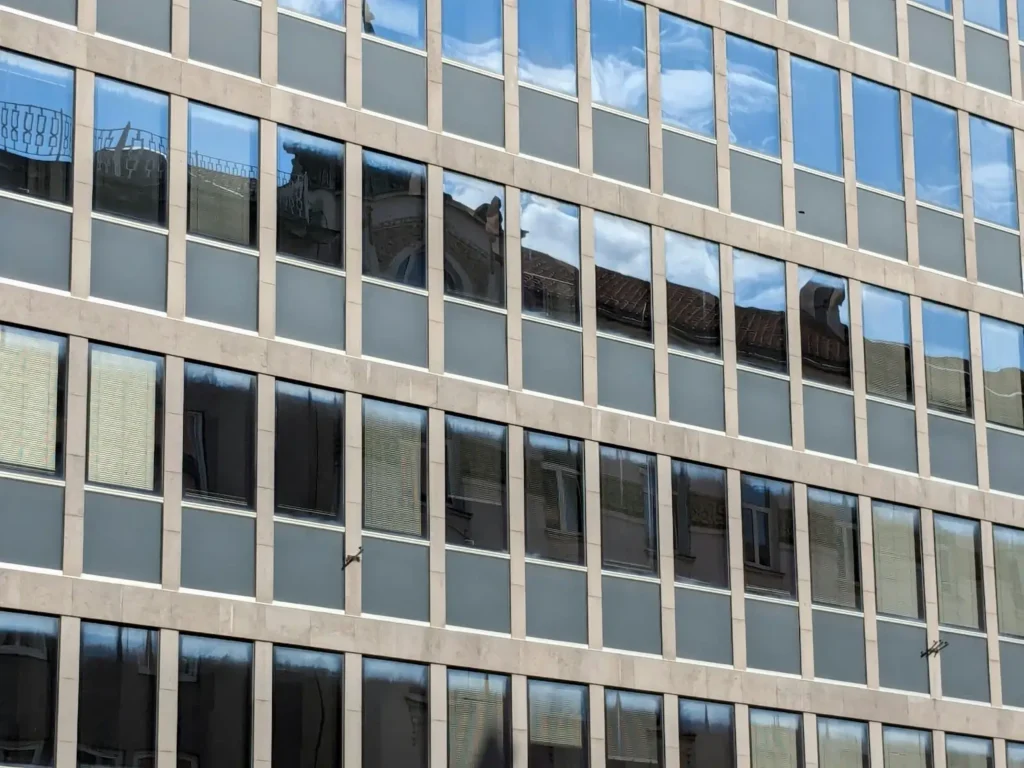
Tempered glass is a type of heat-treated safety glass that is about four to five times stronger than annealed glass. When broken, it crumbles into small, blunt pieces instead of sharp shards, which reduces the risk of injury.
Tempered glass is commonly used in commercial storefronts, glass doors, and other exterior-facing elements. While it’s more resistant to breakage than annealed glass, it can still be shattered relatively easily with enough force, such as an accidental impact from a blunt object or a smash-and-grab attempt.
Laminated commercial security glass consists of two or more layers of strengthened glass bonded together with an interlayer, usually made of polyvinyl butyral (PVB) or ethylene-vinyl acetate (EVA). When broken, the interlayer holds the glass fragments in place, making it more difficult for an intruder to gain entry.
Laminated security glass is frequently used in applications where impact resistance is important for certain areas, such as exterior office building windows, glass entryway doors, and high-end storefronts. It provides far better protection than tempered glass, especially against vandalism and forced entry.
Non-glass security glazing refers to a category of high-performance glazing materials designed specifically to resist breakage, forced entry, ballistic attacks, and other threats. These can include polycarbonate, acrylic, or hybrid systems that combine glass with advanced plastics.
Non-glass security glazing is virtually unbreakable under most conditions and offers a lightweight, retrofittable alternative to traditional security glass. It’s ideal for commercial buildings facing elevated threat levels, from burglary and smash-and-grab theft to rioting and active threat scenarios.
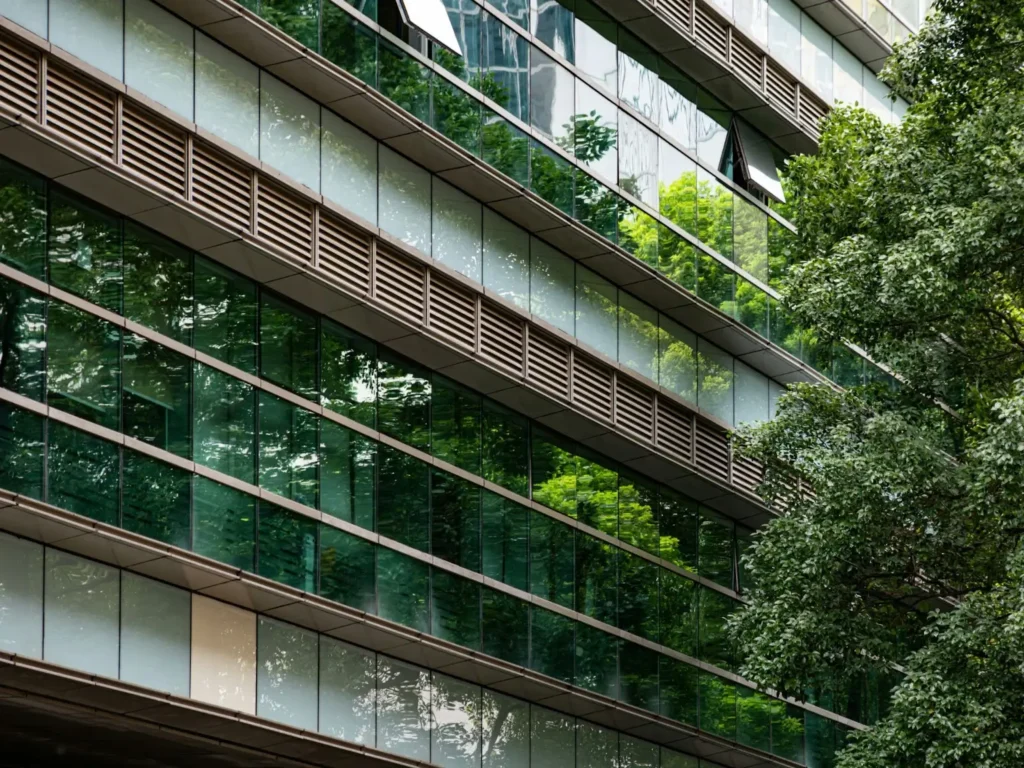
To better understand how glass type affects building security, it’s helpful to examine how each type of glazing stands up to real-world threats.
Standard and tempered glass typically fail within seconds under impact. Laminated glass holds up longer, deterring intruders and delaying entry. Non-glass or hybrid security glazing can resist forced entry indefinitely, depending on the system and its specific ratings.
Graffiti and physical damage from blunt objects are common in urban environments. Laminated glass and security glazing resist surface damage better than standard glass, and polycarbonate systems can withstand repeated blows without compromising integrity.
Only specialized laminated security glass systems and polycarbonate-based security glazing designed for ballistic resistance can stop bullets. Standard and tempered glass will shatter immediately on impact.
In high-risk sectors like government, energy, or defense, blast protection is a growing concern. Laminated security glass can offer some protection by holding shards together during a blast event, while glass-clad polycarbonate or full polycarbonate security glazing systems can provide even more blast mitigation.
In scenarios involving active shooters or other active threats, standard glass provides zero protection. Security glazing, particularly non-glass options, can significantly delay or even completely prevent attackers from breaching entry points, buying critical time for emergency response.
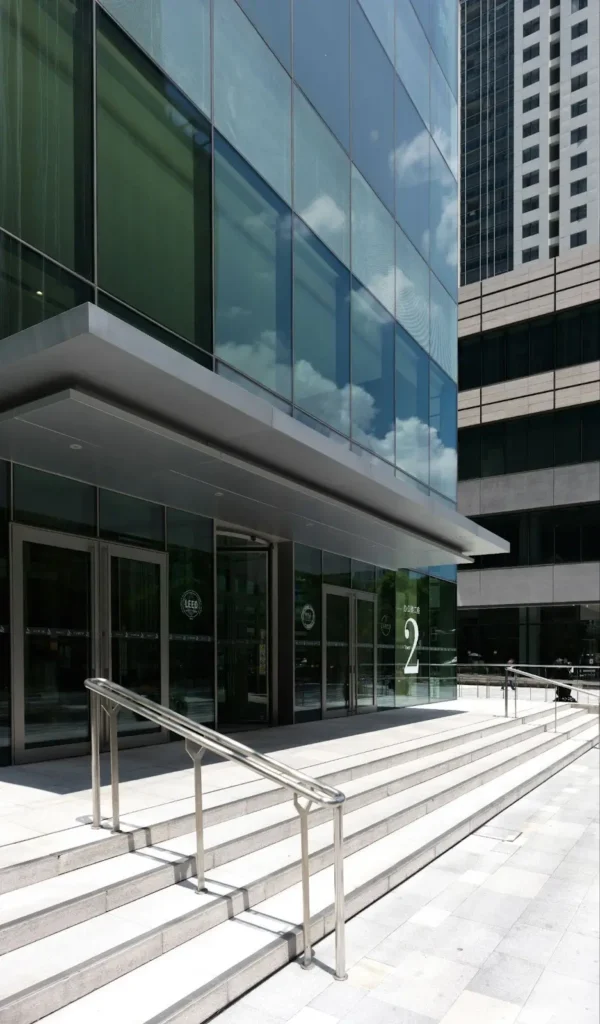
Choosing the right glass type can significantly improve your building’s security posture. While no glass is completely impervious to every threat, many options greatly delay intruders, minimize damage, and increase the overall safety and security of occupants.
The upgrade from annealed or tempered glass to laminated glass or non-glass security glazing offers a long-term investment in safety, security, peace of mind, and business continuity. For commercial properties, this investment often pays off by:
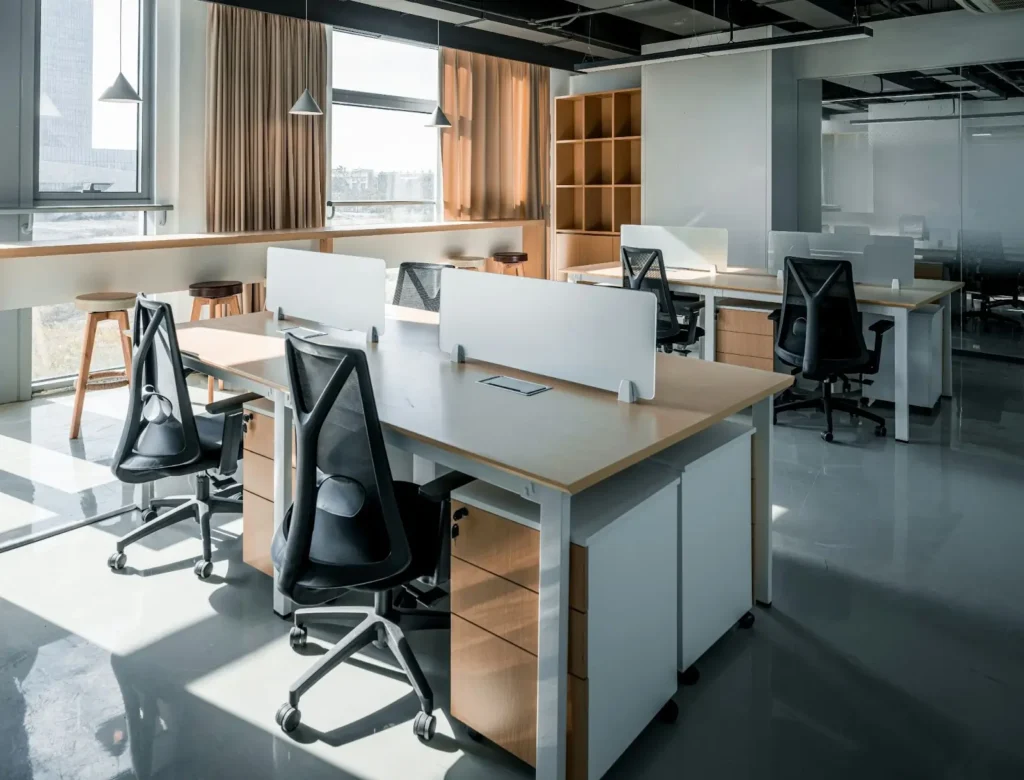
If you’re evaluating the types of glazing to use in your commercial property, consider the following:
So, how does glass type affect building security? The answer lies in understanding that not all glass, even security glass, is created equal.
Annealed and tempered glass might meet building codes, but they often fall short when it comes to real-world threats. Laminated glass and non-glass security glazing systems, on the other hand, offer hardened protection against break-ins, vandalism, ballistic threats, and more.
For building owners, property managers, and security professionals, choosing the right type of glass for a whole building, or upgrading to a stronger solution for key areas, is one of the most effective steps you can take to secure a commercial property.
Riot Glass specializes in advanced security glazing solutions that are engineered to meet the evolving security needs of commercial buildings. Whether you’re concerned about forced entry, rioting and looting, or active threats, we can help you choose and implement the right protection.
Contact us today to learn more about our high-performance glazing systems and how they can help strengthen your building’s defenses without compromising appearance or functionality.
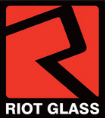
HOW CAN WE HELP YOU?
